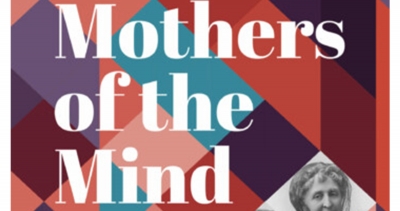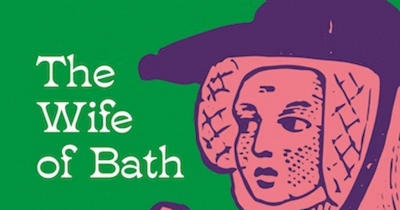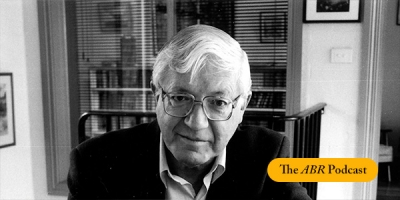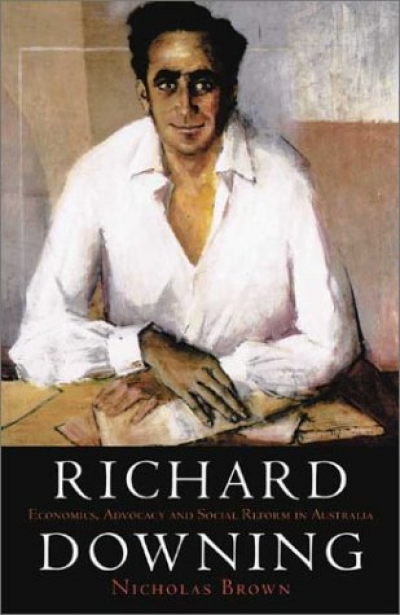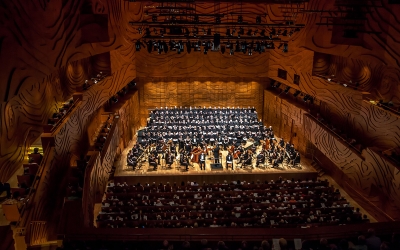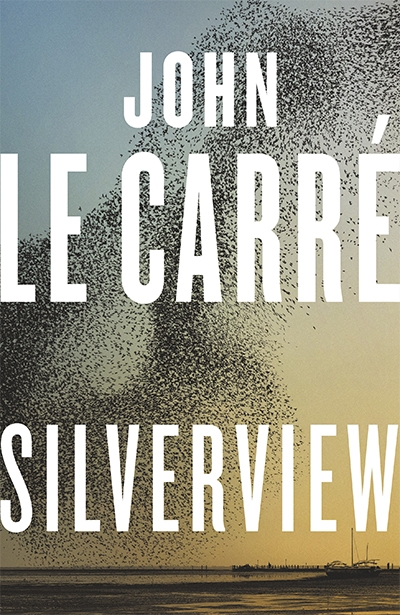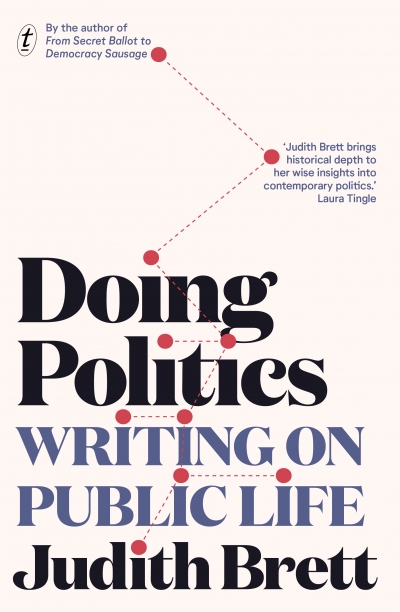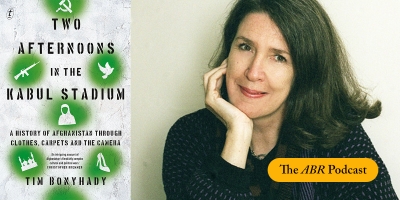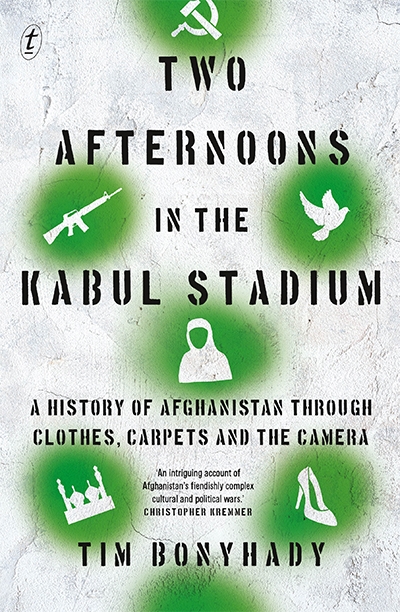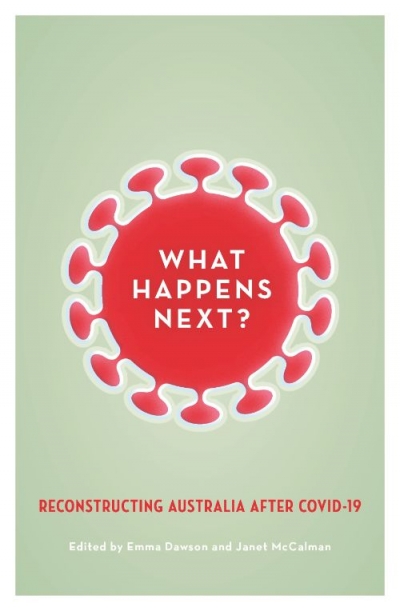Morag Fraser
Mothers of the Mind: The remarkable women who shaped Virginia Woolf, Agatha Christie and Sylvia Plath by Rachel Trethewey
This week’s ABR Podcast is a special feature on the work and life of one of Australia’s finest poets, Peter Porter (1929-2010). Morag Fraser, currently at work on a biography of Porter, introduces the podcast, setting out the major currents of his life. From there, fifteen poets and critics read from the Porter oeuvre, in all its ‘variety and depth’, explains Fraser, and offer their own memories of the man. Listen to Gig Ryan, Sarah Holland-Batt, Martin Flanagan, John Kinsella, Judith Beveridge and more read from Porter’s making with words.
... (read more)Richard Downing: Economics, advocacy and social reform in Australia by Nicholas Brown
There are some circumstances that shift a musical performance into another dimension of significance. Mstislav Rostropovich playing Bach’s cello suites in Berlin on 11 November 1989, two days after the fall of the Wall, is perhaps the twentieth century’s most vivid example.
... (read more)Tim Bonyhady is one of Australia’s leading environmental lawyers and cultural historians. He has previously traced connections between art and national mythologies in books such as Images in Opposition (1985) and The National Picture (2018). In his latest work, Two Afternoons in the Kabul Stadium, he turns his attention to Afghanistan, unpicking the fabric of contemporary Afghan society by following closely the warp and weft of its visual culture, from women’s fashion to war rugs to photography. In today’s episode, Morag Fraser reviews Bonyhady’s book, writing in the wake of the Taliban victory and immersing herself in the ‘intriguingly tangential and complex history’ woven by one of Australia’s most scrupulous and sensitive observers of culture. Morag Fraser, a previous chairperson of ABR, has been writing for the magazine since the 1990s.
... (read more)
